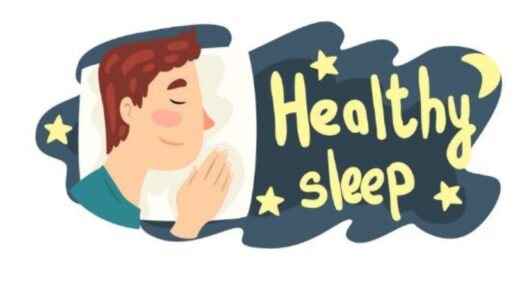- Any sort of health issue makes a patient run to the doctor to get a prescription for good medicine.
- Here, good medicine refers to the one having a high effective rate of Largely Consumed Medicines.
- In the US, many such prescriptions are provided on daily basis.
- However, some medicines top the list of prescribed drugs.
- In this blog, we could learn about the 10 largely consumed or prescribed medicines in the USA along with their side effects.
A list of 10 largely consumed medicines in the USA is as follows:
1) Omeprazole.
- Marketed under the name ‘Prilosec’.
- It belongs to a class of drugs called proton pump inhibitors (PPI).
- PPI s are responsible to block acid production by the stomach.
- It is well tolerated by different immunity levels.
Side effects include:
- Nausea
- Vomiting
- Headaches
- Rashes
- Diarrhea
- dizziness
2) Vicodin.
- Marketed as hydrocodone or acetaminophen.
- Largely known to treat acute or chronic moderate to severe pain.
Side effects include:
- Vomiting
- Nausea
- Dizziness
- Sedation
- Reduced breath
- Difficulty in thinking
- Lowered physical tendencies
- Lightheadedness
3) Lisinopril.
- Marketed as Prinivil or Zestril.
- Being an angiotensin-converting enzyme (ACE) inhibitor, it is used for curing high blood pressure, and congestive heart failure.
- Also prescribed for stopping kidney failure occurred due to high blood pressure and diabetes.
Side effects include:
- Drowsiness
- headaches
- dry cough
- nausea
- sexual dysfunction
- dizziness
4) Metformin.
- Marketed as Glucophage.
- Can be used alone or with a combination of other drugs for the treatment of type 2 diabetes.
- Can be consumed by both children and adults.
Side effects include:
- Nausea
- Gas
- Bloating
- Vomiting
- Diarrhea
- Loss of appetite
5) Losartan.
- Marketed as Cozaar.
- Used as an oral medication for treating hypertension that belongs to a class of angiotensin receptor blockers (ARBs).
- Also helpful in lowering the risk of heart stroke in patients with high blood pressure and overdeveloped heart muscle.
- It can treat individuals suffering from type 2 diabetes, and hypertensive patients with kidney disorders.
Side effects include:
- Muscular pain
- Tiredness
- Nose congestion
- Diarrhea
- hypoglycemia
- Dizziness
- Insomnia
- Chest pain
- Urinary tract infections (UTIs)
6) Gabapentin.
- Marketed as Neurontin.
- It is an anti-seizure drug consumed for averting seizures and for handling post-herpetic neuralgia.
Side effects include:
- edema
- Drowsiness
- Faintness
- Lethargy
- Nausea
- Vomiting
- Fatigue
- Shakiness
- Uncommon eye movements
- Double vision
- Tremors
- Loss of memory
- Trouble talking
- Ataxia
- Jerky actions
- Aggression
7) Levothyroxine.
- Marketed as Synthroid.
- Also known as artificial thyroid hormone which is used for curing hypothyroidism.
Side effects include:
- Increased thyroid hormone
- raised heart rate
- Chest pain
- Extreme sweating
- Nervousness
- Headache
- weight loss.
8) Amlodipine.
- Marketed as Norvasc.
- It is a drug used as a calcium channel blocker for treating high blood pressure.
- Also cures chest pain.
Side effects include
- Soreness
- Headaches
- Flushing
- Drowsiness
- Nausea
- Palpitations
9) Albuterol.
- Marketed as Accuneb, Ventolin, Proair, and Proventil.
- This drug carries albuterol sulfate which widens the air route of the lung and is used for handling asthma and other lung conditions.
- Also used for the treatment of bronchospasm in patients with ages between 2 to 12 years.
Side effects include:
- Migraine
- Nausea
- Cold
- Distressed Stomach
- Ear Infections
- Flu-Like Symptoms
- Non-Migraine Headaches
- Bronchitis
- Cough
10) Lipitor.
- Marketed as atorvastatin.
- It belongs to the class of HMG-CoA reductase inhibitors used for treating high cholesterol (both LDL and HDL).
- It also avoids chest pain and heart attack in persons with coronary artery illness.
Side effects include:
- Diarrhea
- Constipation
- Headache
- Fatigue
- Gas
- muscle pain











